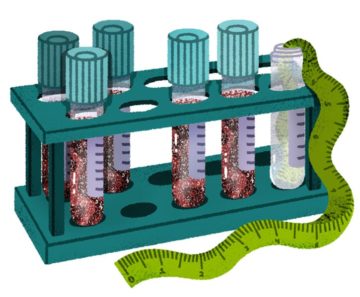Rodrigo Perez Ortega in Science:
 EVERYONE HAS prejudices that affect how they perceive and behave with others. And although many people might be aware of some—their explicit or conscious biases—and intentionally try to compensate for them, other hidden ones still lurk and can influence attitudes and interactions. These implicit biases are widespread among health care providers, as Janice Sabin discovered in the late 2000s. In her research back then —as a social welfare Ph.D. student at UW—Sabin had asked 95 doctors from the Department of Pediatrics at Seattle Children’s Hospital to take a test that would determine whether they had a “hidden” bias toward a certain race. “I was terrified,” Sabin, now a biomedical informatics professor at UW, recalls. “This wasn’t just asking them questions about bias and racism, this was actually going into their mind.”
EVERYONE HAS prejudices that affect how they perceive and behave with others. And although many people might be aware of some—their explicit or conscious biases—and intentionally try to compensate for them, other hidden ones still lurk and can influence attitudes and interactions. These implicit biases are widespread among health care providers, as Janice Sabin discovered in the late 2000s. In her research back then —as a social welfare Ph.D. student at UW—Sabin had asked 95 doctors from the Department of Pediatrics at Seattle Children’s Hospital to take a test that would determine whether they had a “hidden” bias toward a certain race. “I was terrified,” Sabin, now a biomedical informatics professor at UW, recalls. “This wasn’t just asking them questions about bias and racism, this was actually going into their mind.”
Sabin used the well-known Implicit Association Test (IAT), which determines how strongly an individual associates a trait—such as race or sexual orientation—with a subjective value, such as “good” or “bad.” The quicker you match each concept to a subjective value, the greater the association and the higher your score, which broadly indicates a stronger implicit association between the trait and value. Sabin found the doctors she tested—a few of them nonwhite—had a clear, unconscious preference for white people over Black people.
More here.
